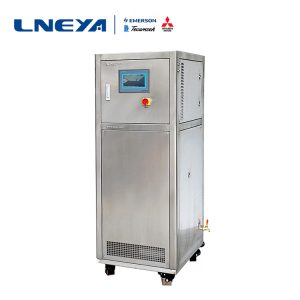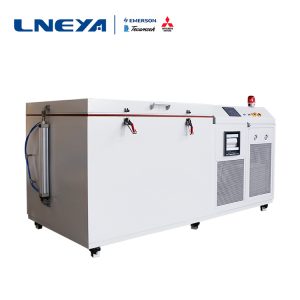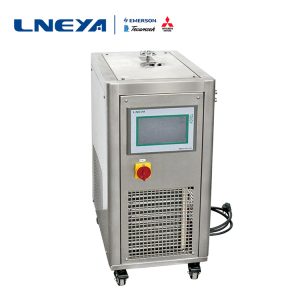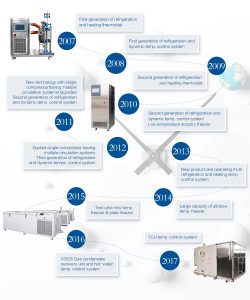The solution to the fully enclosed heating and cooling thermostat lack of refrigerant alarm
What should I do if the fully enclosed heating and cooling thermostat alarms for lack of refrigerant? I believe that many customers will encounter this problem when they use it. In fact, this is relatively simple. As long as we know the principle of the lack of refrigerant alarm, it can be solved very well. Today I will share two points with you so that everyone will encounter this problem. It can be solved very quickly.
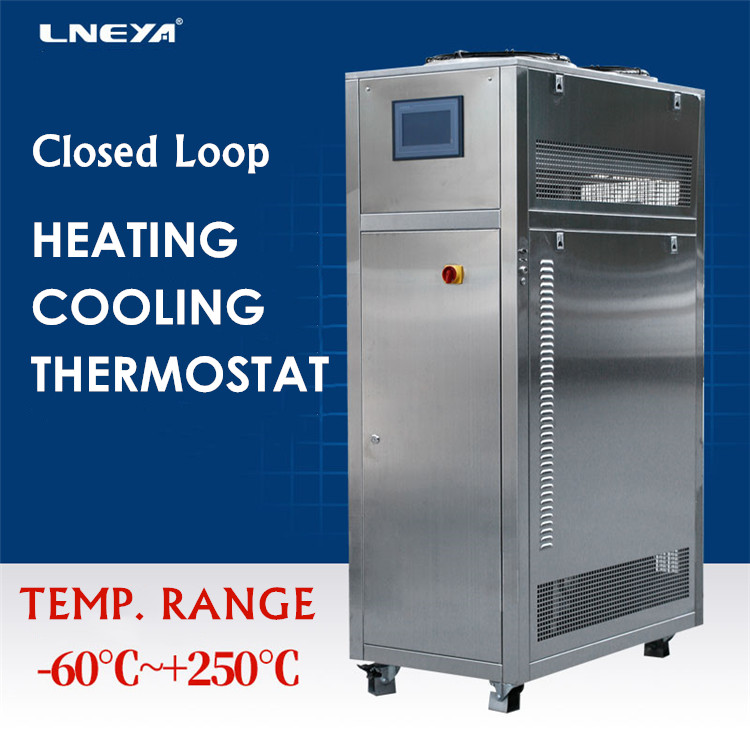
When we encounter a refrigerant shortage alarm in a fully enclosed heating and cooling thermostat, the first thing we have to do is to check to see if the liquid level on the expansion tank of the fully enclosed heating and cooling thermostat is at the normal level, if it expands at this time The liquid level of the fuel tank is lower than the low level, then this alarm is caused by the lack of oil in the system. What we need to do is to add new heat transfer oil in time until the system has a stable pressure and the liquid level of the expansion tank is at the normal level. It can be solved.
There is another situation that will also cause the fully enclosed heating and cooling thermostat to alarm for lack of refrigerant. That is, an alarm occurs after a period of use. At this time, we also need to check the liquid level of the expansion tank. If the heat transfer oil is lower than the low level, there must be a leak in the pipeline, which needs to be found and repaired in time. If it is not the leakage problem, then Most of it should be that the liquid level float switch of the expansion oil tank touches the wall of the expansion oil tank, causing the liquid level switch to not work normally. At this time, we need to remove the liquid level switch and re-reinforce it. The main reason for this situation may be due to The fully enclosed heating and cooling thermostat is caused by slight vibration during use.
The above are two solutions for the lack of refrigerant alarm. The alarm is a fully enclosed heating and cooling thermostat’s built-in protection, mainly to prevent the heating tube from burning dry, so when we encounter this problem, we can solve it in most cases according to the two methods shared by the editor. If it is solved No way to contact LNEYA after-sales technical support.
Recommandations connexes
-
Système de contrôle de la température des refroidisseurs de laboratoire
1321Les refroidisseurs d'eau de laboratoire, comme leur nom l'indique, sont principalement utilisés dans les collèges et universités, la recherche scientifique et les laboratoires. Ils sont spécialement conçus pour refroidir les petits équipements de laboratoire tels que les spectromètres, les spectromètres de masse, les viscosimètres, les...
Voir les détails -
Comment résoudre le problème du régulateur de pression du réfrigérateur à très basse température ?
1289If the industrial ultra-low temperature refrigerator encounters a controller-related failure during operation, if it is not resolved in time, the pressure controller may be unavailable. The pressure controller plays a very important role in the ul...
Voir les détails -
How to choose the cooling and heating temperature control system?
1130The price of the refrigeration heating temperature control system is not the main factor. The main purpose is to implement the temperature control technology through the temperature control function. However, it is not the temperature control syst...
Voir les détails -
LNEYA est une entreprise d'élite qui produit des systèmes professionnels de détection des moteurs de véhicules à énergie nouvelle.
1609Dans le cadre du développement des automobiles modernes, les véhicules à énergie nouvelle sont devenus le courant dominant du développement automobile contemporain. Parmi eux, le système de moteur d'entraînement est l'un des principaux composants des véhicules à énergie nouvelle, et ses performances sont ...
Voir les détails
 LNEYA Industrial Chillers Fabricant Fournisseur
LNEYA Industrial Chillers Fabricant Fournisseur









